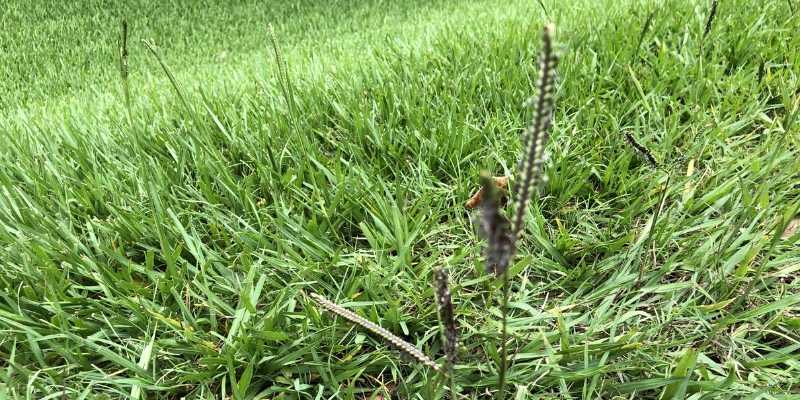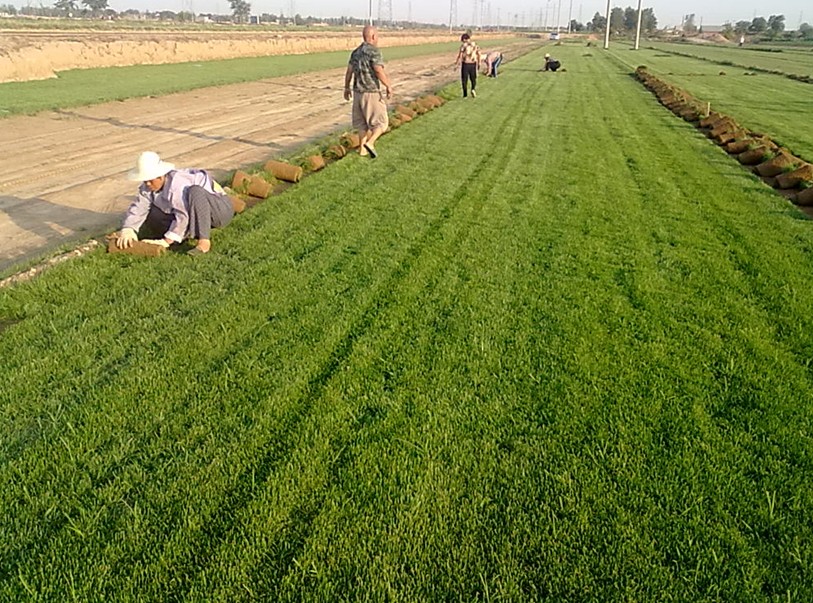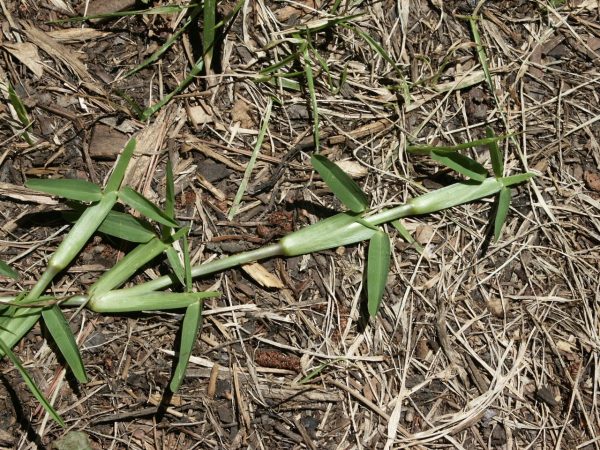
#St augustine grass seed Patch#
Grubs and sod worms are the most common pests and can be controlled with insecticide applications twice early in spring and mid-season.įungal turf diseases such as brown patch and gray leaf spot weaken the sod and destroy the appearance. Fertilize with 1 pound of nitrogen every 30 to 60 days during spring through fall. Mow every week to two weeks depending on the height. Mow after two weeks to 1 to 3 inches (2.5-8 cm.) in height. Augustine grass lawn is fully established.

Gradually reduce the frequency of watering until the St. After roots have formed, irrigation once per day at a rate of ¼ to ½ inch (6 mm. During the first seven to ten days after planting, it requires frequent watering several times during the day. Augustine grass is a low maintenance sod that can perform well with little extra care. Plugs should be placed 6 to 12 inches (15-31 cm.) apart in a prepared lawn. Plugs are the more common method of planting St Augustine grass. Augustine grass seed needs to be kept moist while it is establishing. Augustine grass seed is planted at a rate of 1/3 to ½ pound per 1,000 square feet (93 sq. Augustine grass seed has not traditionally been easy to establish but new methods have made seeding a viable option. Augustine grass is usually vegetative through stolens, plugs, and sod. It retains its color longer than other warm season grasses when exposed to cool temperatures and requires infrequent mowing. Augustine creates a smooth even turf which is tolerant to extremely high temperatures and low moisture. Augustine grass lawn is grown in coastal areas due to its salt tolerance.

St Augustine grass is the most widely used warm season turf grass in the southern United States.

Augustine grass lawn is a compact blue-green color that grows well on a variety of soil types provided they are well drained. It is widely grown in Florida and other warm season states. Augustine grass is a salt tolerant turf suited for subtropical, humid areas.


 0 kommentar(er)
0 kommentar(er)
